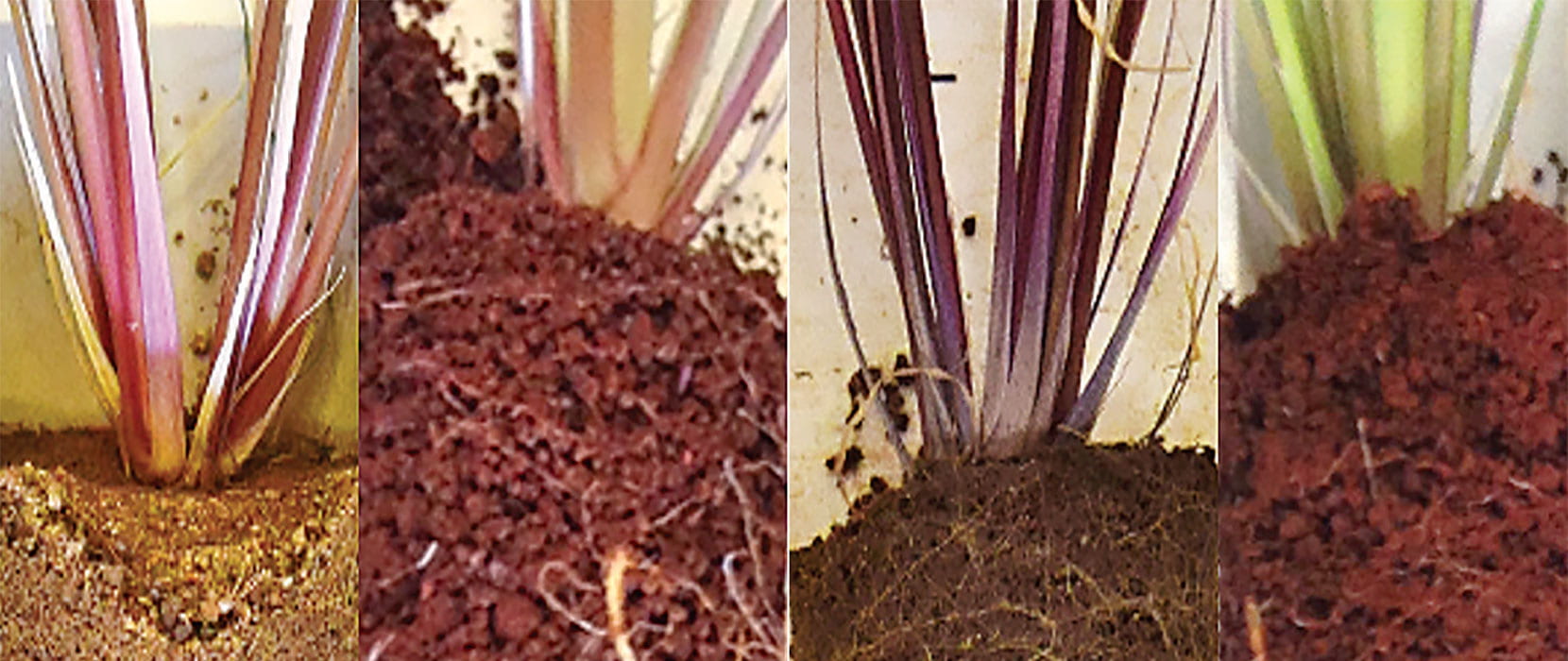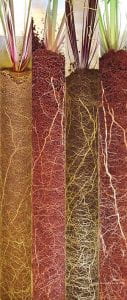There has been a lot of discussion about the potential for sequestering carbon into soil to help address climate change, but currently there is insufficient evidence on the ability of soils to achieve this.
Ivanah Oliver, Doctoral Candidate, School of Environmental and Rural Science
Soil science research has a long and esteemed history at UNE, and PhD researcher Ivanah Oliver is making the most of her time here. “Having grown up on a broadacre farm near Horsham, Victoria, and enjoying science and agriculture subjects in high school, I knew I wanted to study an Ag degree at Uni, but was unsure which area to focus on. Since starting my study, I have taken advantage of all the opportunities available to me – it’s a really exciting area to be working in right now.”
After doing her Bachelor of Agriculture with Honours at University of Melbourne (based at the Dookie Campus), Ivanah was lucky enough to be involved in the Victorian part of the nationally driven Soil Carbon Research Program (SCaRP 2009-2012). Working as a Soil Research Scientist with the Victorian DPI was a great experience for Ivanah, who states, “This project, which ended up going well beyond the life of the program, required me to set up a soil sampling rig and travel across Victoria collecting soil, vegetation and the history from over 1000 sites. I got to see many different types of landscapes, soil types, farming systems; worked with a range of people including top soil scientists, farming groups, farmers, project extension staff, statisticians and agronomists.”
These experiences led Ivanah back to research and she is now close to completing her PhD on the quantity, spatial distribution and stability of root carbon inputs in soil. “There has been a lot of discussion about the potential for sequestering carbon into soil to help address climate change, but currently there is insufficient evidence on the ability of soils to achieve this. My aim is to see if we can measure how much carbon roots contribute to the soil, where the roots put the carbon in the soil (vertically and horizontally), and how long it might stay there. My experiments have been glasshouse based, but have also used equipment from simple things like a pair of tweezers and paint brush for pulling roots out of soil, to high-tech Isotope Ratio Mass Spectrometry (IRMS) for carbon analysis, and x-ray computed tomography (x-ray CT) to examine distribution of roots without disturbing the soil.”
This year Ivanah will be undertaking an Australian Postgraduate Research Internship, working on a Reconnaissance Survey of Alpine Humus Soils in Kosciuszko National Park in collaboration with the NSW Department of Planning, Industry and Environment (DPIE). The internship offers Ivanah the chance to research and work on a key priority State Government project to gain experience and create linkages with industry partners, while DPIE gets a person who can dedicate time and resources to a small project that otherwise wouldn’t happen. A recent review of research in the Kosciuszko National Park (KNP) identified that a baseline soil map was a research priority. This research priority has led to a forthcoming soil survey and mapping project of the KNP, within which an opportunity for an internship was identified. Ivanah said, “I have brought valuable skills from my industry experiences back into my PhD research and my teaching at the university – I learnt how to describe and classify soils and landscapes from some very experienced soil pedologists, and then last year I won the Individual section of the 6th National Soil Judging Competition. It was this success that opened up the opportunity to use my skills in the internship project.”
Ivanah has also started undertaking some lecturing on soil formation and working with undergraduate students in soil practical classes, using her skills not only to teach the soil formation and classification components, but also to develop new content and ways of doing the pracs.
“I enjoy doing outreach work with the UNE Discovery team — I go to primary and secondary schools and do STEM activities with them. We look at the wide variety of STEM topics and show that not all scientists work in a lab wearing a white lab coat.
“I don’t know yet where my future will take me, but this is OK – I feel really well equipped to work in either industry or academia. At the moment I am excited about all the things I am doing and for where a career in soil science will take me next!”



